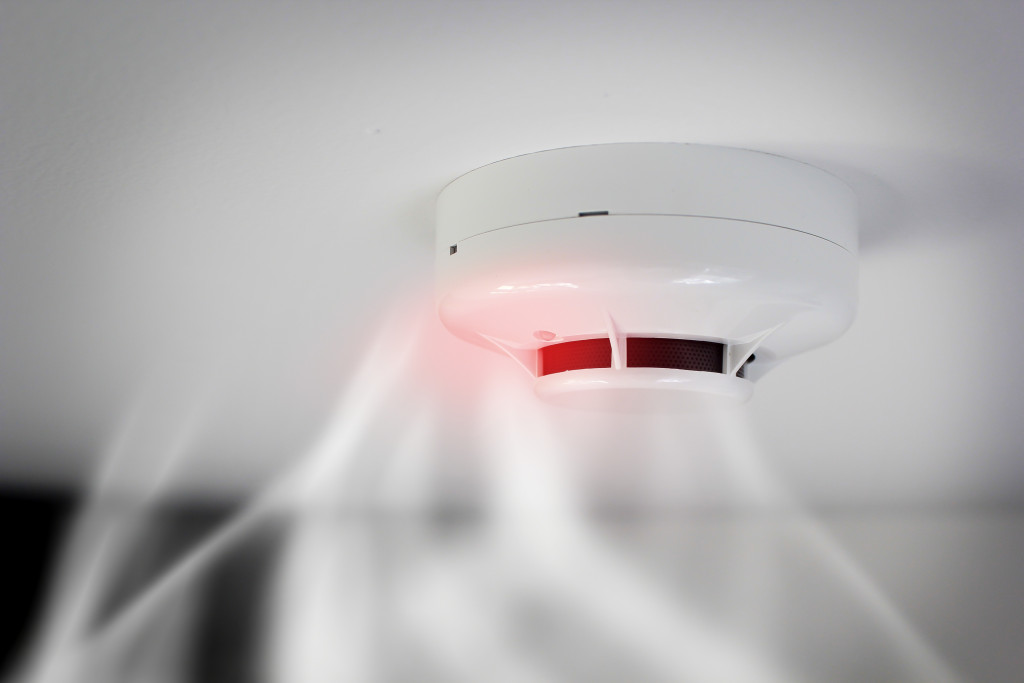In the United Kingdom, about 600 children need hospital treatment after being seriously injured in the kitchen every year. The most common accidents include scalds from hot liquids or food, falls and burns. This number doesn’t even have the hundreds more treated for less severe injuries.
Most kitchen accidents happen when children are left unsupervised or allowed to play in areas with potential hazards. Creating a safe environment in your kitchen is essential to help prevent these accidents. Here are some tips on how to do this.
1. Keep the floor clean and free of clutter.
The easiest way to prevent trips and falls is to keep the floor clean and clutter-free. Wipe up spills immediately, and don’t leave cords or packaging around. You want to create a safe environment in your kitchen by removing potential hazards.
It would be best if you also made sure any trash is removed from the floor, so it doesn’t become a trip hazard. Clear your bins regularly, and don’t leave them overflowing. This will prevent accidents and help keep your kitchen clean and tidy.
2. Keep dangerous items out of reach.
Ensure that dangerous items such as knives, cleaning products and electrical appliances are stored out of reach of children. Knives should be stored in a drawer or block and not left lying on the worktop. You should keep these items from the edge of countertops so children can’t reach them.
You should store cleaning products in a cupboard or under the sink and out of reach of children. If they are kept in a low cabinet, ensure you secure them with a child-proof latch. It would be best if you also stored electrical appliances out of reach or in a cupboard with a child-proof latch.
3. Use the stove safely.
If you use the stove for cooking, you should take some safety measures. Fires can start quickly if you leave pans unattended or if there are combustible items too close to the stove. Never leave cooking food unattended to prevent accidents; keep flammable items such as tea towels and oven gloves away from the stove.
It would be best if you also considered having a professional fire risk assessment. This will help identify any potential hazards in your kitchen and advise you on how to reduce the risk of fires. Many insurance companies will also require this assessment to be carried out before they provide cover.
4. Replace worn or damaged electrical items.
If you have any electrical items in your kitchen that are worn or damaged, you should replace them. This includes toasters, kettles and electrical cords. These items can pose a fire hazard if they are not in good working condition. Electrocution is also a risk if cables are damaged or frayed.
When shopping for new electrical items, look for ones that have been safety tested and approved. This will give you peace of mind that they meet strict safety standards. Ask friends and family for recommendations on which items are safe and reliable.

5. Install a smoke alarm.
A smoke alarm is an important safety device that can help to warn you of a fire. You should install smoke alarms on every level of your home, including the kitchen. You should also test them regularly to check that they are in working order.
Some smoke alarms now come with built-in carbon monoxide detectors. This poisonous gas can be produced by some household appliances, such as boilers. Carbon monoxide is odourless and colourless, so it can be hard to detect without an alarm. If you have any gas appliances in your kitchen, it is recommended that you install a carbon monoxide detector.
6. Have a fire extinguisher.
Of course, the best way to deal with a fire is to prevent it from happening in the first place. However, if a fire does start, it’s essential to be prepared. A fire extinguisher can help to put out a small fire before it gets out of control. You should have a fire extinguisher in your kitchen and know how to use it.
Your children should also be taught how to use a fire extinguisher. This can help them put out a fire if you are not home. You can find child-friendly fire extinguishers that are easy for them to use. These can be a valuable addition to your kitchen safety.
Following these simple tips, you can make your kitchen a safe place for your family. Taking time to assess the risks and implement some safety measures can help prevent accidents and keep your family safe. You can create a safe kitchen for your family with a little thought and preparation.


